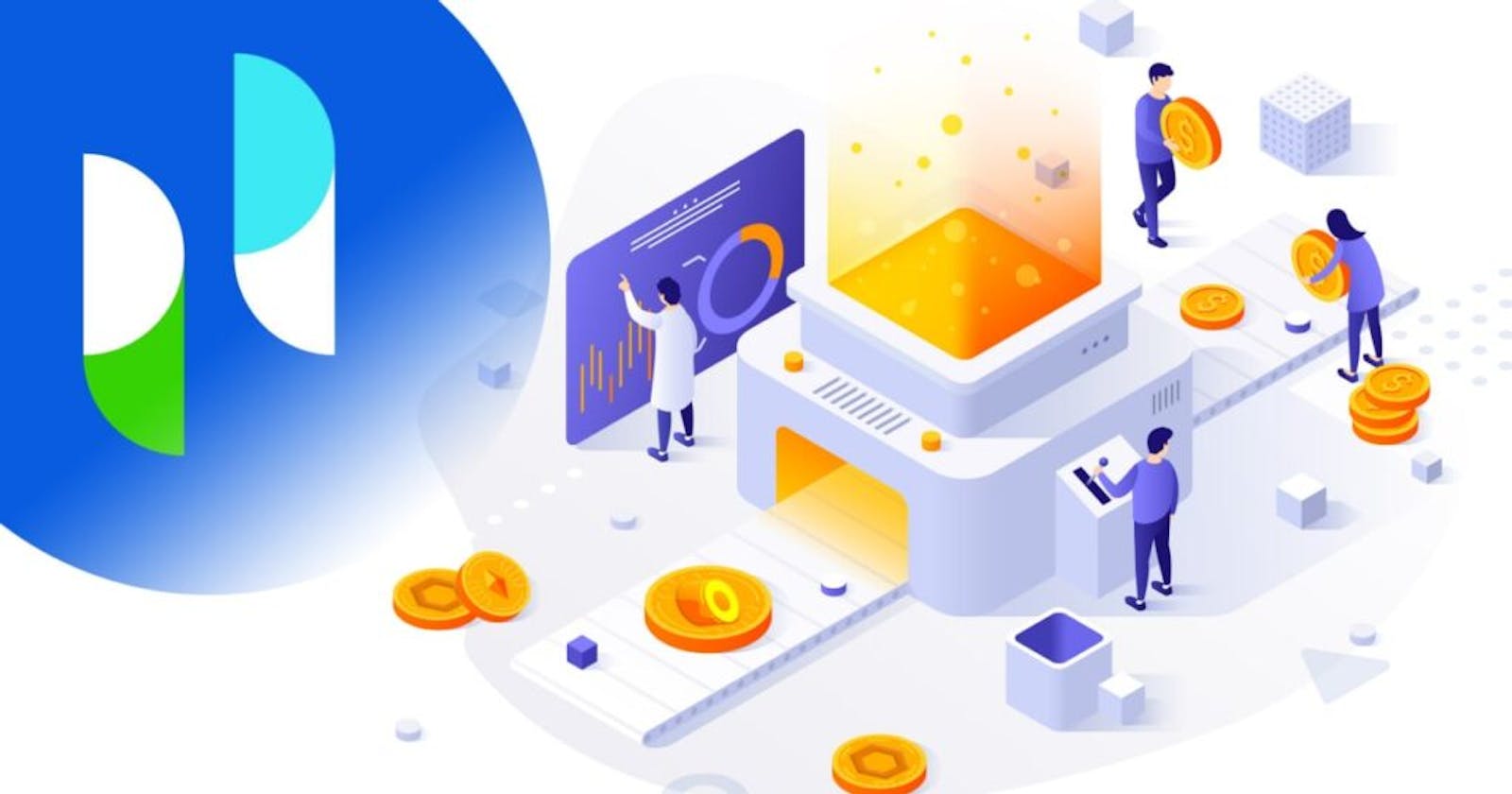Introduction:
With the rise of blockchain technology and cryptocurrencies, a new term has emerged: tokenomics. Tokenomics refers to the study of the design, issuance, and distribution of blockchain tokens and their economic incentives. It encompasses the economic, social, and technological aspects of tokens and their role in creating and sustaining decentralized ecosystems.
In this article, we will explore the basics of tokenomics and why it matters in the world of blockchain and cryptocurrencies. We will look at the key components of tokenomics, including token distribution, token utility, and token governance. Finally, we will discuss some examples of successful tokenomics models and the challenges facing the adoption of tokenomics in the broader economy.
What is Tokenomics?
Tokenomics is the study of the economic and social factors that drive the creation, issuance, and distribution of blockchain tokens. Tokens are digital assets that represent ownership of a specific asset or the right to access a particular service. They are created using blockchain technology, which allows for transparent, secure, and immutable transactions without the need for intermediaries.
Tokens can serve a variety of functions, including store of value, medium of exchange, and unit of account. They can also represent ownership of physical assets, intellectual property, or voting rights in a decentralized ecosystem. Tokenomics is concerned with designing tokens that incentivize desired behavior, align the interests of stakeholders, and promote the growth and sustainability of decentralized networks.
Key Components of Tokenomics:
Token Distribution:
Token distribution refers to the process of issuing tokens to the public, investors, or stakeholders. The distribution of tokens can have a significant impact on the value and adoption of a blockchain network. There are several ways to distribute tokens, including initial coin offerings (ICOs), airdrops, mining rewards, and staking rewards.
ICO is a popular method of raising funds for blockchain projects by selling tokens to investors. ICOs allow for decentralized fundraising, which can reach a broader audience than traditional fundraising methods. However, ICOs are often criticized for their lack of regulation and the high risk of fraud and scams.
Airdrops are another way to distribute tokens by giving them away for free to holders of a specific cryptocurrency or to members of a particular community. Airdrops can be used to reward early adopters, create buzz, and increase the adoption of a new token.
Mining rewards and staking rewards are incentives for network participants to contribute computing power or stake tokens to secure the network. Mining rewards are typically used in proof-of-work (PoW) blockchain networks, while staking rewards are used in proof-of-stake (PoS) networks. These rewards help to distribute tokens more evenly and incentivize network participation.
Token Utility:
Token utility refers to the usefulness and value of a token within a decentralized ecosystem. The utility of a token can be determined by its function, scarcity, and demand. Tokens can serve various functions, such as providing access to a service, governance rights, or incentives for network participation.
The scarcity of a token can affect its value and adoption. Tokens with a limited supply can be more valuable than those with an unlimited supply. The demand for a token is influenced by its utility, market sentiment, and broader economic trends.
Token Governance:
Token governance refers to the decision-making process within a decentralized ecosystem. Token holders can participate in the governance of a network by voting on proposals, electing representatives, or proposing changes to the protocol. Token governance aims to create a democratic and decentralized decision-making process that aligns the interests of stakeholders and promotes the growth and sustainability of the network.
Examples of Successful Tokenomics Models:
Bitcoin is the first and most well-known example of successful tokenomics. Bitcoin's tokenomics model is based on mining rewards, limited supply, and decentralized governance. The mining rewards incentivize network participation and secure the network, while the limited supply of 21 million bitcoins ensures scarcity and value. The decentralized governance allows for democratic decision-making and aligns the interests of stakeholders.
Another example of successful tokenomics is Ethereum's ERC-20 token standard. The ERC-20 standard enables the creation of custom tokens on the Ethereum network, which can be used for a variety of purposes, such as fundraising, incentivizing network participation, and providing access to services. The ERC-20 standard has facilitated the creation of numerous successful blockchain projects, such as Golem, Augur, and Basic Attention Token.
Challenges Facing the Adoption of Tokenomics:
Despite the potential benefits of tokenomics, there are several challenges facing its adoption in the broader economy. One of the main challenges is regulatory uncertainty, as many countries are still struggling to define the legal status of cryptocurrencies and tokens. This uncertainty can create barriers to adoption and investment, as investors and businesses may be hesitant to engage with an unregulated market.
Another challenge is the lack of scalability and interoperability of blockchain networks. Many blockchain networks struggle to handle high transaction volumes and interact with each other, which can limit their usefulness and adoption. This challenge can be addressed through the development of scaling solutions, such as sharding, layer-2 protocols, and cross-chain interoperability.
Conclusion:
Tokenomics is a critical aspect of blockchain technology and cryptocurrencies, as it determines the design, issuance, and distribution of blockchain tokens. Tokenomics aims to create economic incentives that align the interests of stakeholders, promote network growth and sustainability, and create value for users. Understanding the key components of tokenomics, such as token distribution, token utility, and token governance, is essential for designing and evaluating successful blockchain projects. While there are challenges facing the adoption of tokenomics, its potential benefits are too significant to ignore, and it is likely to play a significant role in the future of the global economy.

